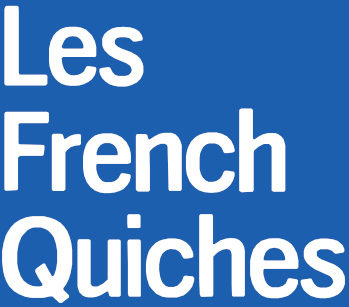Today we have decided to take you back in time by telling you the extraordinary story of the little mouse. When you lost your baby teeth, you became a little taller and this passage to the world of the grown-ups was made easier by this clever little mouse who was able to slip into your bed while you slept, gently lift your pillow where you had hidden your precious possession and replace it with a small coin.
She is a clever one and what a surprise for you in the morning to discover a beautiful coin in place of your tooth! That’s perfect, thanks to this little coin you could run to the grocery store to buy some Carambar and lose another tooth!

So many questions though…
Where did she come from? How did she know you lost a baby tooth? Where did all those coins come from that she deposits in exchange for stealing your tooth? What does she do with all the teeth she gets? Is she acting alone or is it a gang of little mice? What are the police doing?
…And some answers
The most likely origin of the little mouse comes from a 17th century French tale from the Baroness of Aulnoy: La Bonne Petite Souris. It tells of a fairy who turns into a mouse to help a queen defeat an evil king by hiding under the king’s pillow and then knocking out all his teeth. It’s a well-known fact that when you don’t have any teeth, you can’t bite.
But let’s keep our feet on the ground. To be operational, the little mouse obviously benefits from the indispensable help of parents who:
- inform him of the loss of the baby tooth via their smartphone,
- scan her a map of their home so she knows exactly where to pick it up,
- provide him with a small box to keep the baby tooth safely,
- and pay her 50/50. One coin for the child, one coin for the mouse.

An international tradition
In most countries of Latin culture, it is the little mouse that comes (El Raton / Topino), even if in Italy there is also the tooth fairy (Fatina), which is more common in Anglo-Saxon and Germanic cultures (Tooth fairy in English, Zahnfee in German, tannfe in Norwegian).
It should also be noted that in many countries it is customary to throw the lost tooth on a roof.
